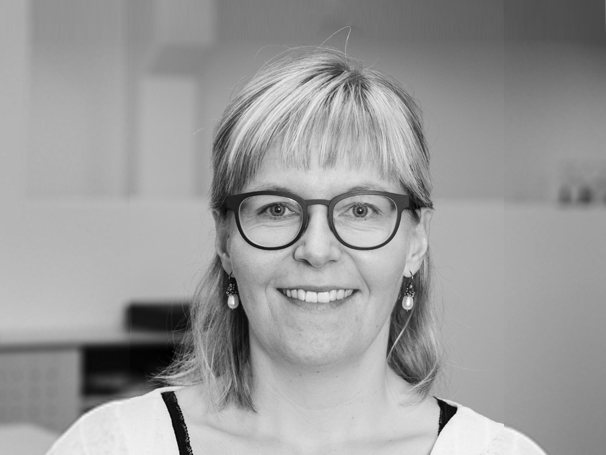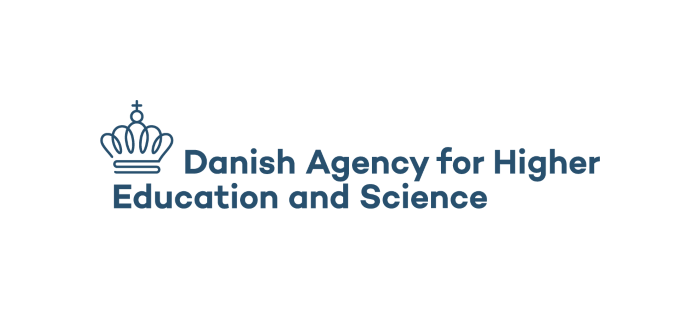Power-to-X as a driver of green transition and growth
Technological maturity and a strong Danish ecosystem of businesses, GTS institutes, and universities will ensure that Power-to-X becomes one of Denmark's strengths in a greener future.
The central role of Power-to-X in a fossil-free society
In June 2020, the government's climate agreement for energy and industry laid the foundation for Power-to-X as a key focal point for phasing out fossil fuels by 2050. The climate council, climate partnerships, experts, and businesses support the idea that power-to-X is needed in our energy system in order to develop and produce green, liquid fuels that can replace fossil fuels, especially for the transportation and industrial sectors.
At the same time, Power-to-X remains in a stage where there is considerable technological uncertainty and, hence, a need for technological development, maturation, testing and demonstration across the entire value chain, and a much stronger link between the sectors of electricity, gas, and district heating networks.
In the project "Power-to-X as a driver of green transition and growth," we will help build a functioning ecosystem focusing on the entire value chain — from electrolysis based on green electricity from wind and solar to the production of e-fuels and e-chemicals like methane, methanol and ammonia for use in transportation, buildings and industry — and all the way to consumers' billing meters.
The focus will be on supporting the successful implementation of Power-to-X, and on contributing not only to the green transition, but also to securing a strong position for Denmark and creating new jobs and export opportunities for Danish companies.
A strong Danish ecosystem carrying Power-to-X into the future
The project's ambition is to develop technological services and an ecosystem that will support and accelerate the transformation of the energy system through Power-to-X.
In parallel, the project will focus on addressing the technological risks and market failures associated with immature, uncertain, and investment-heavy technologies; power-to-X is presently considered to be such a technology. This will be accomplished by scaling up and improving the efficiency of core technologies, such as electrolysis, which converts hydrogen into other fuels, as well as system and process integration, hydrogen handling, metrology, and safety.
The project will also establish a Danish ecosystem for Power-to-X, including a "Joint GTS effort for PtX in Denmark," in collaboration with the Danish Technological Institute, the Alexandra Institute, and DBI. The ecosystem will be key to a comprehensive Danish Power-to-X collaboration, particularly for the many smaller businesses that do not yet have a defined place in business value chains and market opportunities.
As technology grows, so will the Power-to-X value chain
The project will support the entire business value chain that will shape Denmark's future position of strength in power-to-X. One of the project's objectives is thus to promote cooperation between businesses, the GTS network, and universities.
The project's group of beneficiaries will expand as the value chain expands and matures. The primary beneficiaries at the start of the project are manufacturers of equipment for producing hydrogen, methanol, ammonia, etc., as well as system integrators and operators. Secondary beneficiaries include users of new fuels in transportation and industry, suppliers of other infrastructure (e.g. pipes and plants), consultancy and construction companies, and public actors, like government agencies and municipalities.
Related content
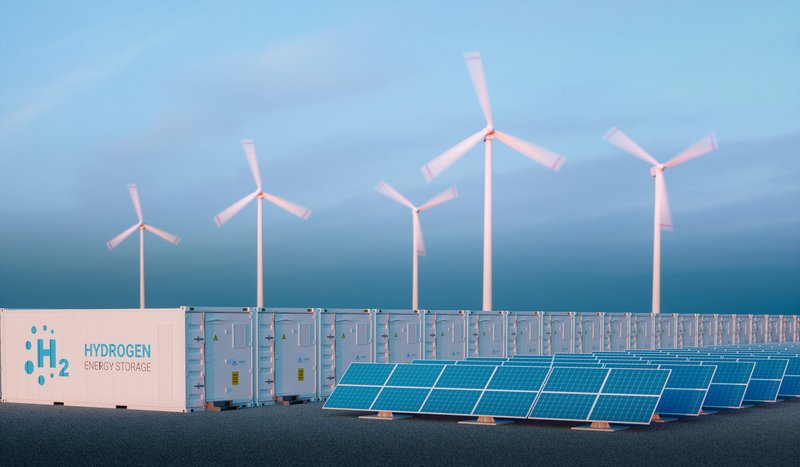
Risk screening strengthens Power-to-X project
/Case
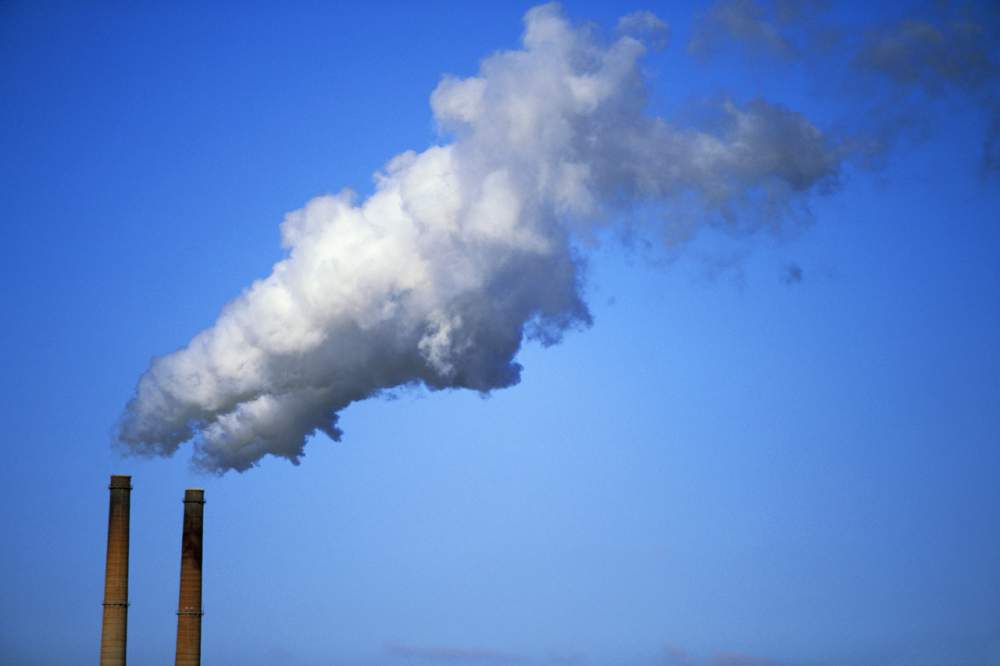
CCUS: Safety and profitability
/Industry

Betech gains green knowledge
/Case
Betech can now document that several of the SME's gaskets can withstand liquid ammonia.
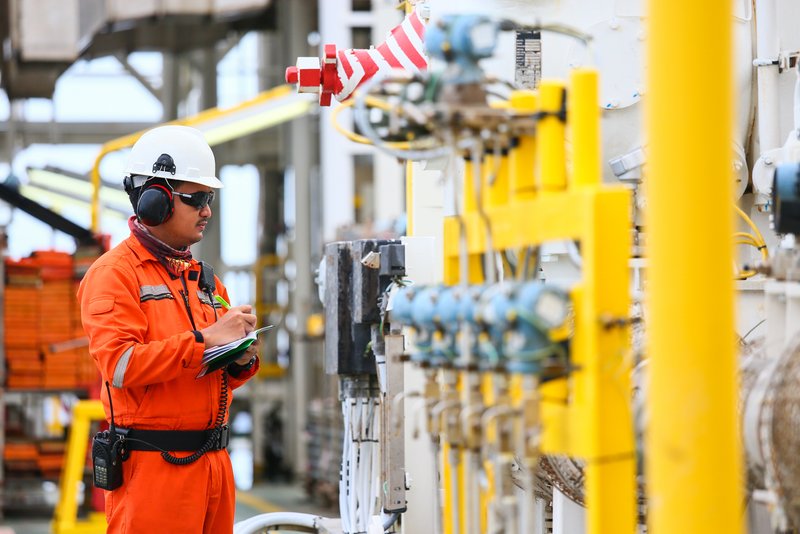
Power-to-X courses
/Course
Power-to-X courses focusing on building and developing expertise at every step along the value chain
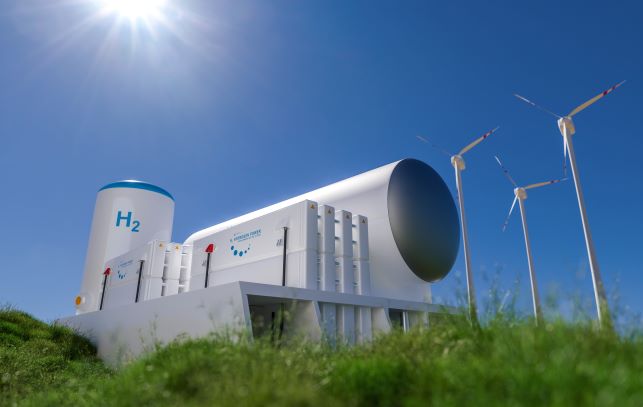
The foundations of succes in Power-to-X
/Page
In addition to Power-to-X technologies, we must work with products/plants to succeed in the green transition.
KEEP UP TO DATE WITH THE PROJECT
Sign up to receive news from and about the project - or send your questions and comments.

